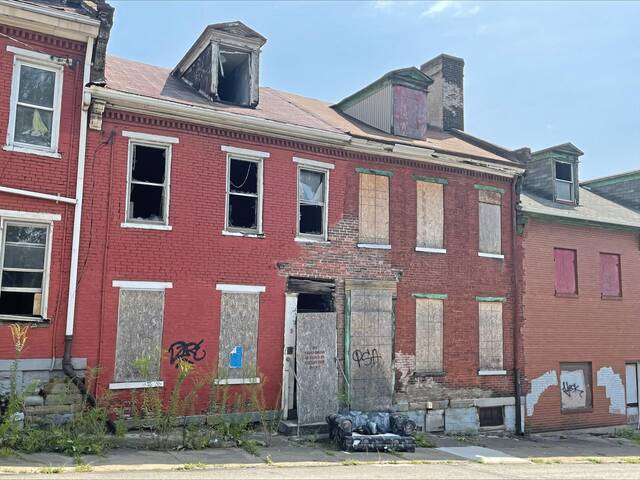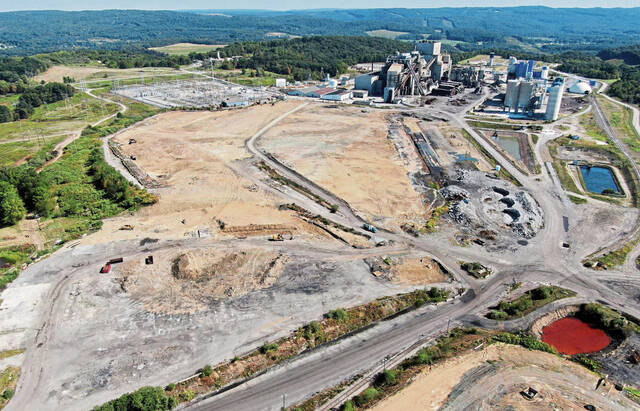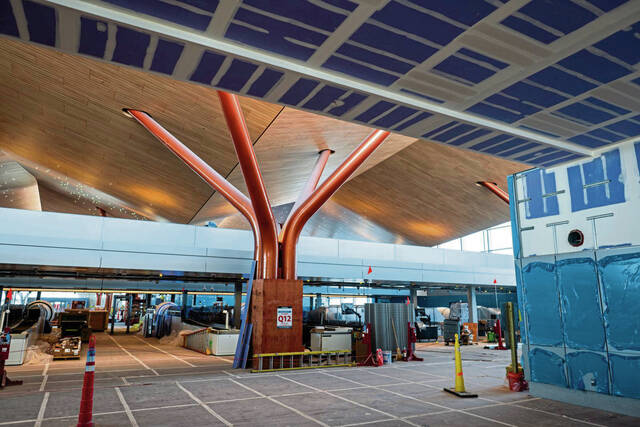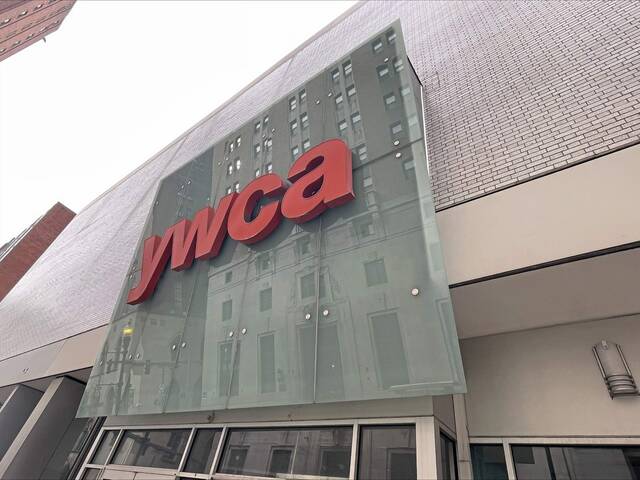What should be done when an expansive and expensive public policy full of economic nonsense and moral hazard is proposed? It should be questioned.
“There are many questions that need to be answered before any taxpayer money is doled out,” says Frank Gamrat, executive director of the Allegheny Institute for Public Policy, regarding Gov. Josh Shapiro’s much ballyhooed, multimillion-dollar plan to reshape downtown Pittsburgh..
It was in October that Shapiro said the commonwealth would spend $62.6 million to reimagine Downtown, plagued by vacant office space and crime, real and perceived.
The state will partner with local businesses, foundations, the city’s Urban Redevelopment Authority (URA) and its professional sports teams in a nearly $600 million project.
Of the $62.6 million in state grants, $22 million is earmarked for mixed-use and residential projects, including office-to-residential conversions.
There are seven major mixed-use and development projects that backers say will create or preserve 1,000 residential units, of which nearly one-third will be low-to-moderate income housing.
But there are questions about that part of the proposal: “(A)s was noted in a previous brief, the conversion of office-to-residential can be quite costly. It is not the taxpayer’s responsibility to subsidize private developers in this endeavor,” Gamrat notes.
“And where is the study of the demand for more Downtown housing? Did this consortium conduct a survey? From where will the new residents come? Will they be moving from one side of the city to another? And which age brackets are being targeted? Young families may be turned off by the prospect of sending their children to poorly performing Pittsburgh Public Schools.”
Furthermore, how much will these apartments cost?
“Will they be sold outright or rented? Since such a large number will be priced for low-income residents, will the remainder need to be sold/rented at above-market prices to make up for the high cost of conversion?”
Another theme pushed during the redevelopment rollout was that these “investments will position Downtown Pittsburgh to secure and deepen its role as the economic and cultural heart of Southwestern Pennsylvania.”
But Gamrat notes that the Pittsburgh Metropolitan Statistical Area’s 2000-23 payroll data show growth in total nonfarm jobs of 1.2%. Nationwide, that growth was 18.2%. For the private service-providing sectors, the type of job most likely to be found in the Downtown area, the growth in the metro area was just 8.8% during that same period. The national rate was 28.9%, he reminds.
“As many policy briefs have shown over the years, the Pittsburgh metro area has struggled to create jobs and has not been able to keep up with the national pace, or even similar areas,” Gamrat says.
The remaining commonwealth-pledged grant money is $25 million for improvements to Point State Park, which the state owns; $15 million for public spaces on Eighth Street, owned by the Pittsburgh Cultural Trust; and the Market Square and Liberty Avenue medians.
“The money for Point State Park renovations is conveniently tied to Pittsburgh’s hosting the NFL Draft in 2026 — an endeavor that will primarily benefit the Pittsburgh Steelers,” Gamrat reminds.
But he says it is worth noting that the Steelers and Pirates are pledging $1 million each for a community investment fund for at-risk populations. The Penguins have agreed to do the same but the amount is not yet known.
Back to the plan’s publicly subsidized office-to-residential conversions: “Taxpayers certainly have no business subsidizing developers in the latest fad,” Gamrat reiterates. And that’s never mind the stay-at-home office culture that led to high vacancy rates; Downtown struggled with high vacancy rates before the pandemic.
“(I)f a developer wants to reap the rewards of conversion, they alone must step up and assume the risk,” Gamrat stresses.
Gamrat reminds that one reason for downtown Pittsburgh’s sluggish office occupancy recovery is the admission by redevelopment project backers that people are reluctant to go Downtown due to the lack of public safety.
“If state officials want to help the city, they can offer funds to place more uniformed officers on the streets to bring them back to the level of safety expected by all visitors, residents and office workers,” Gamrat concludes.








